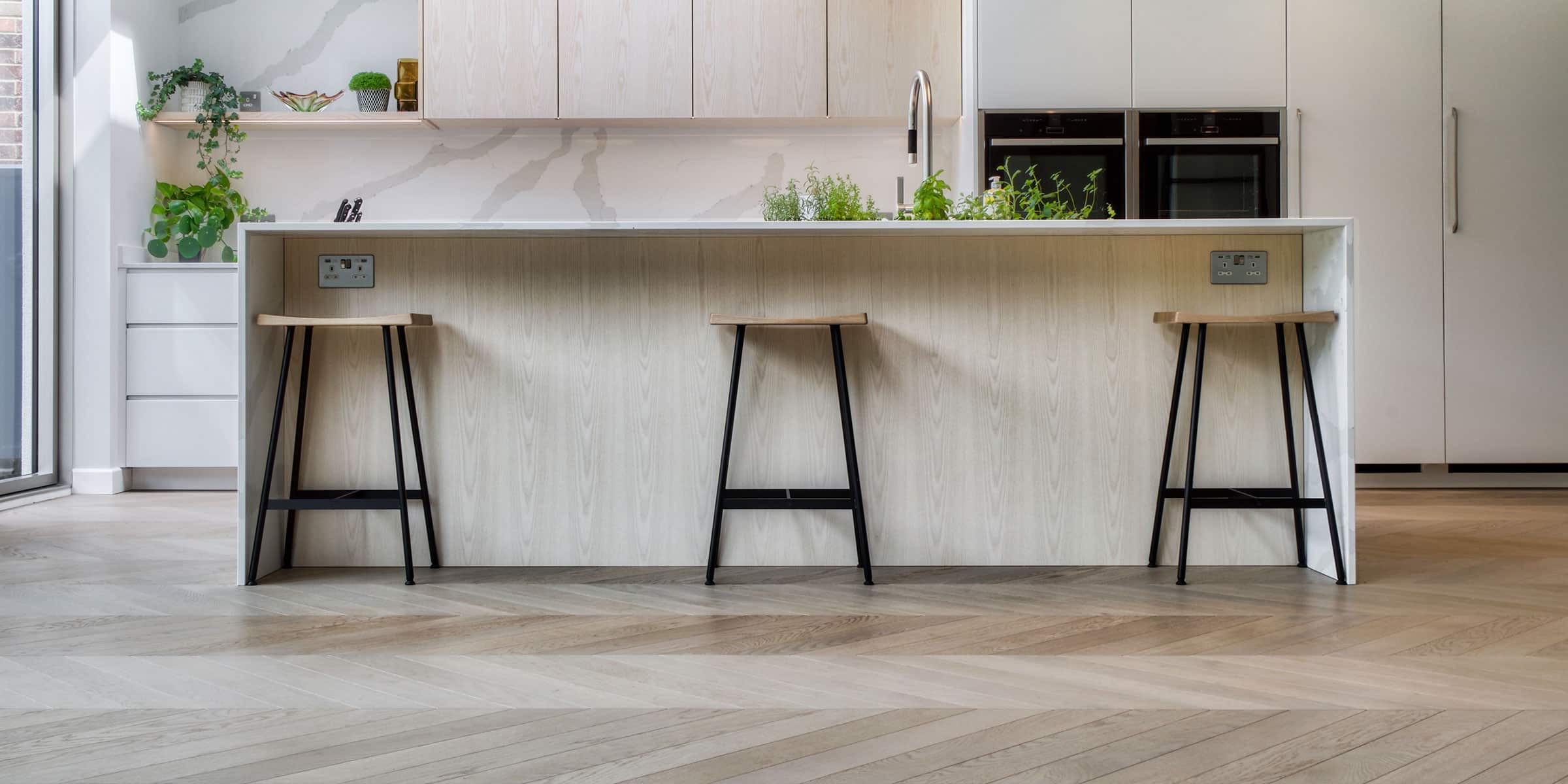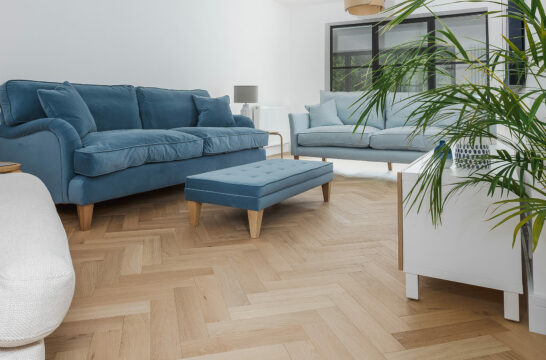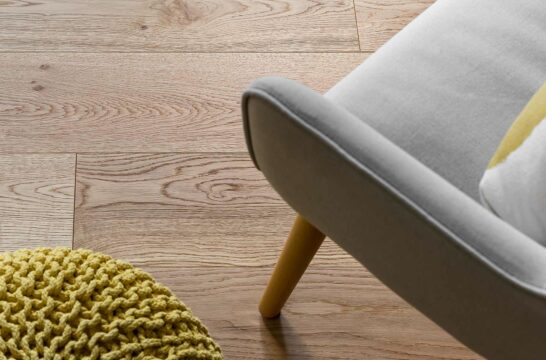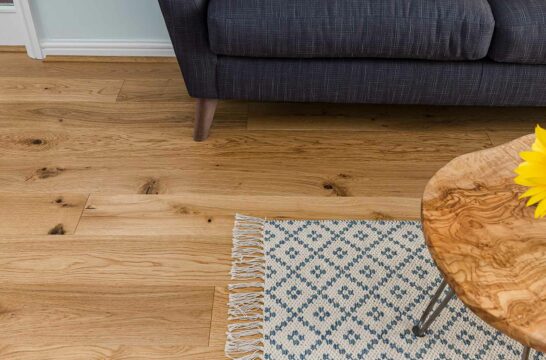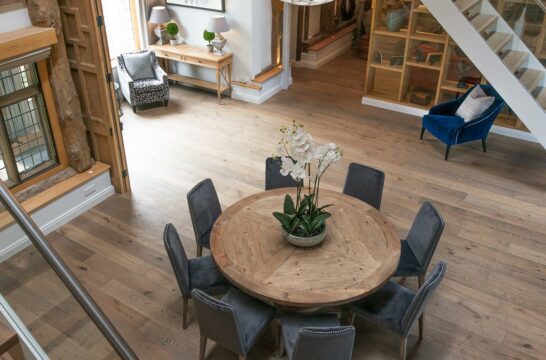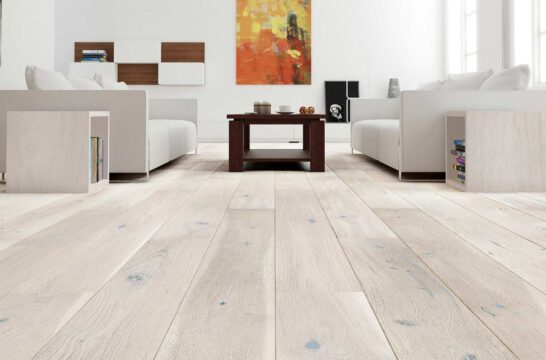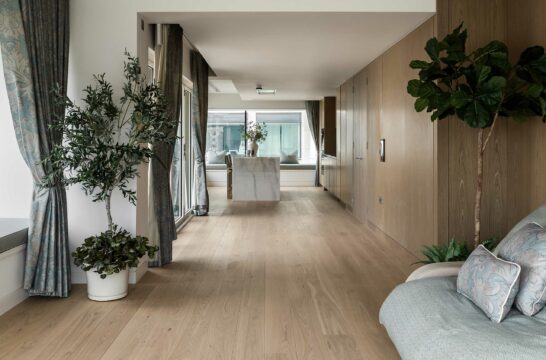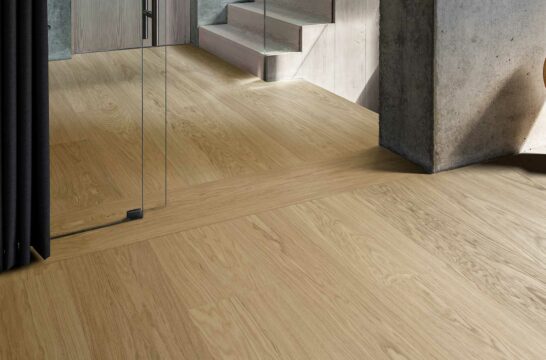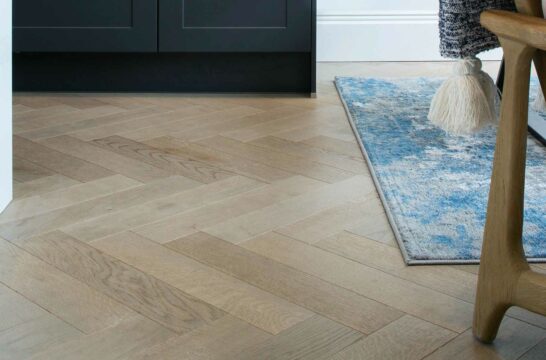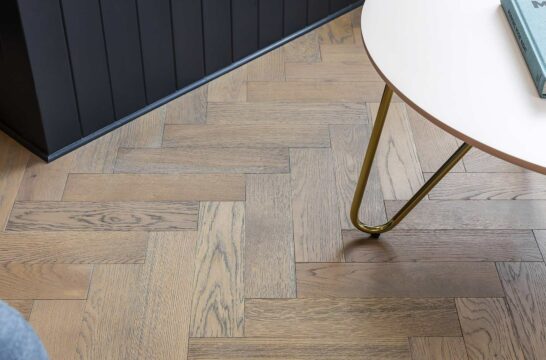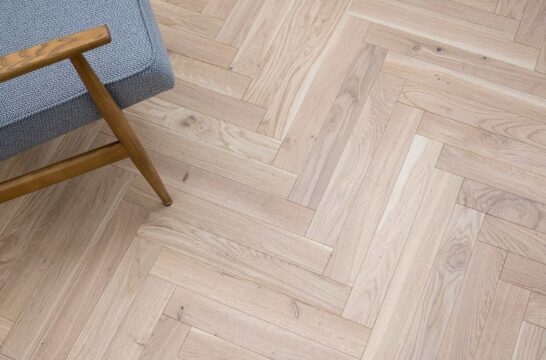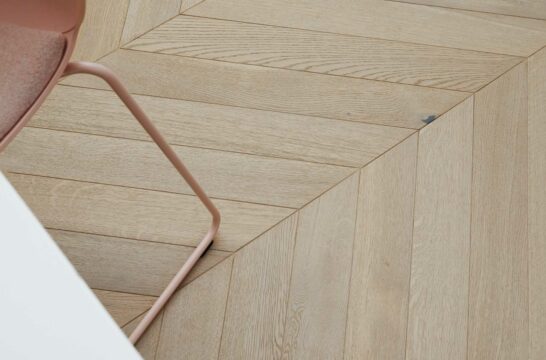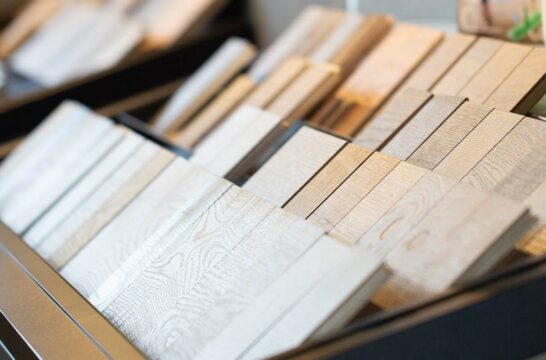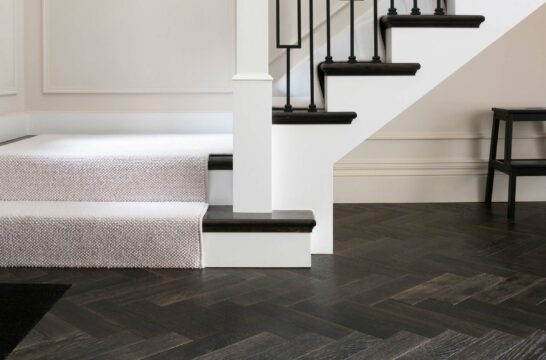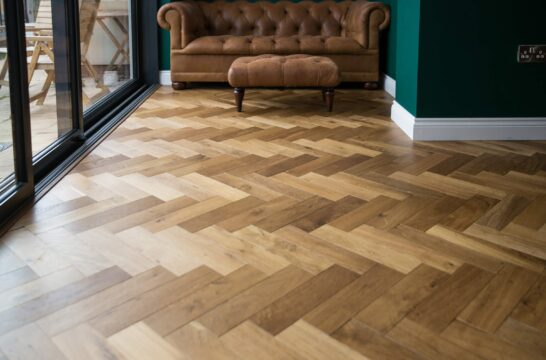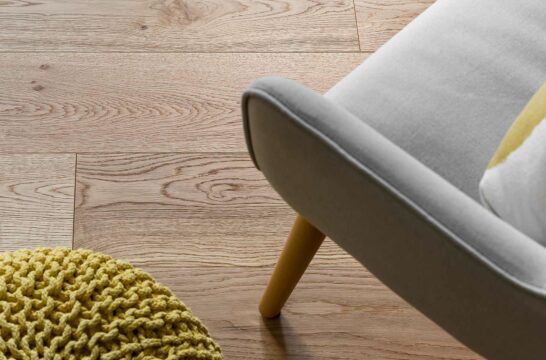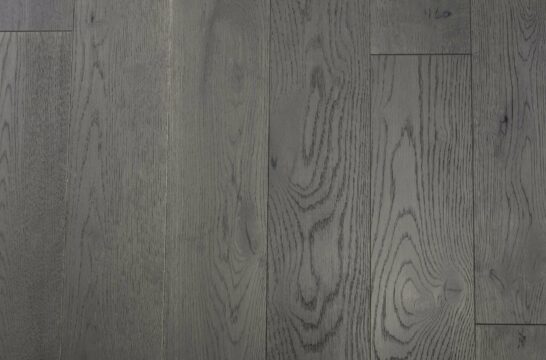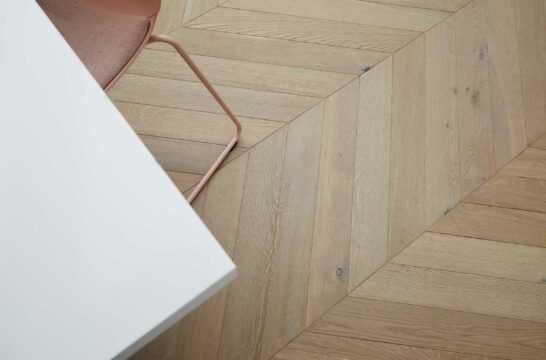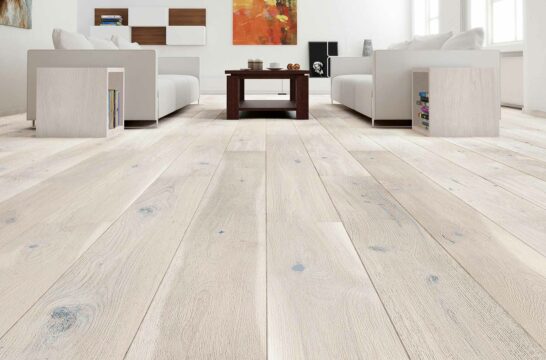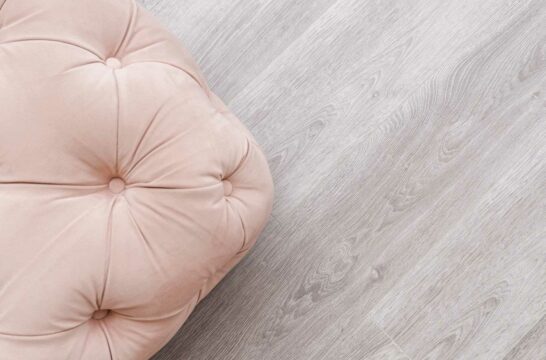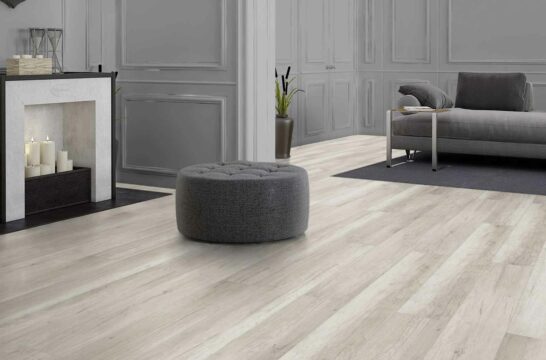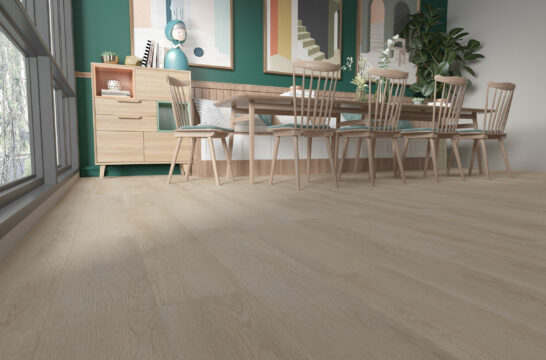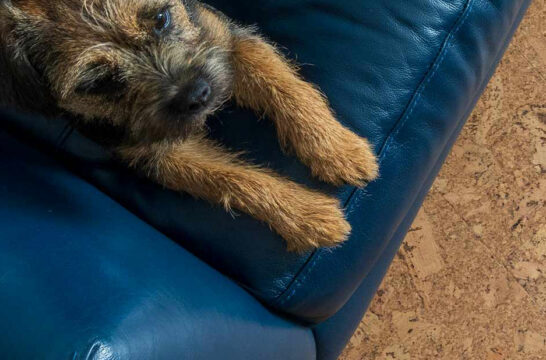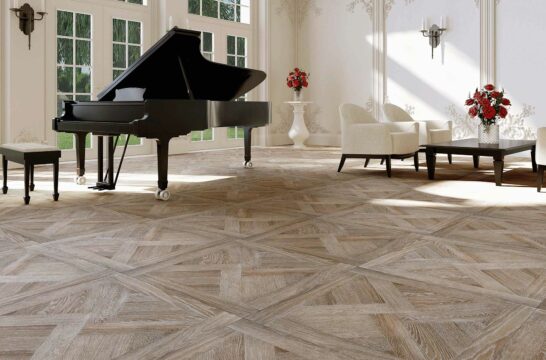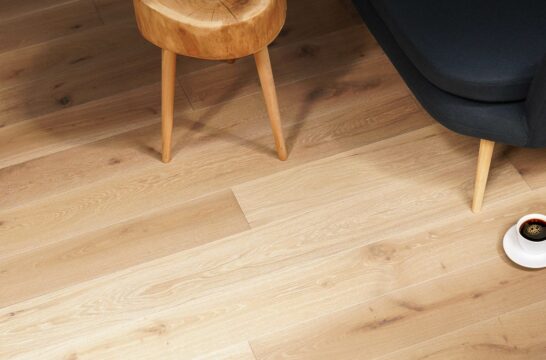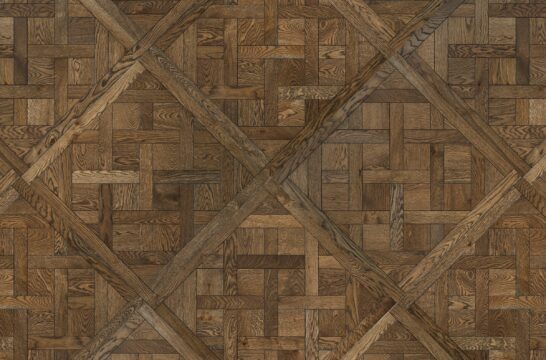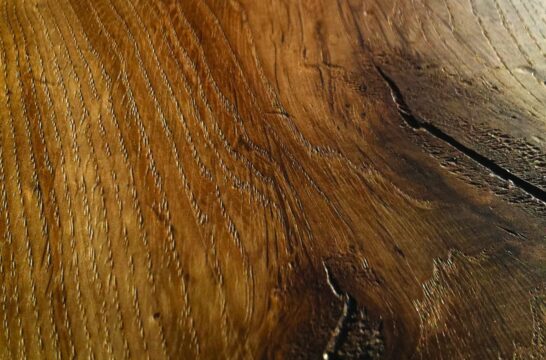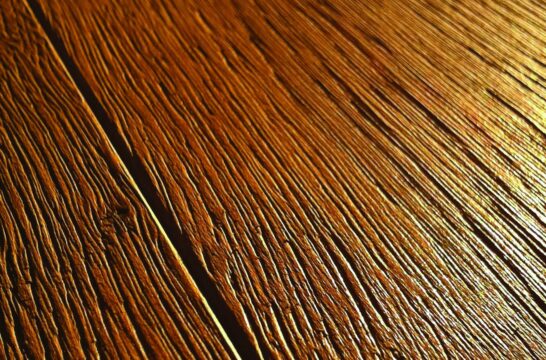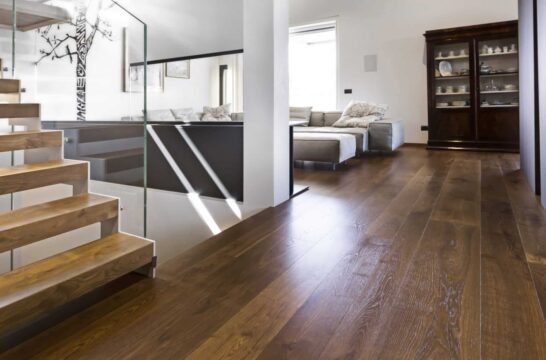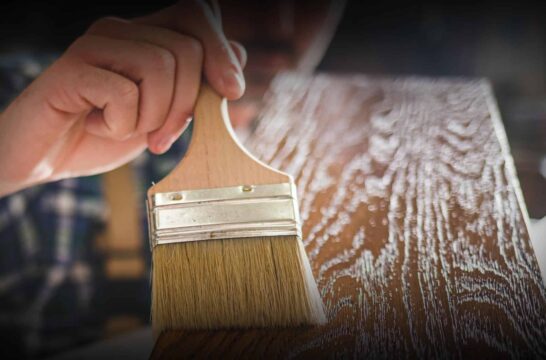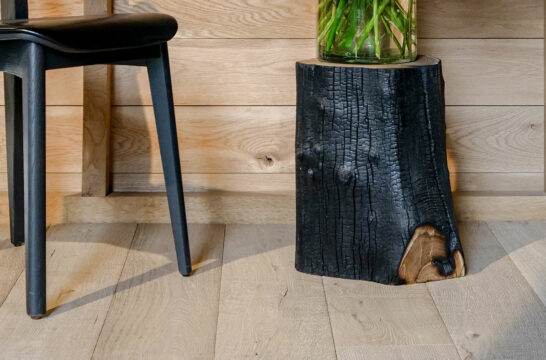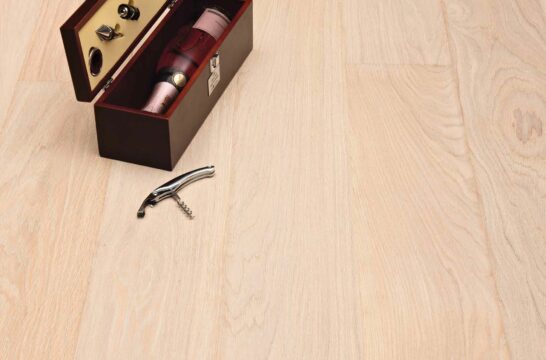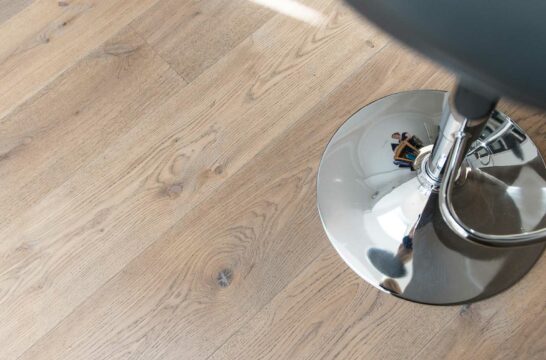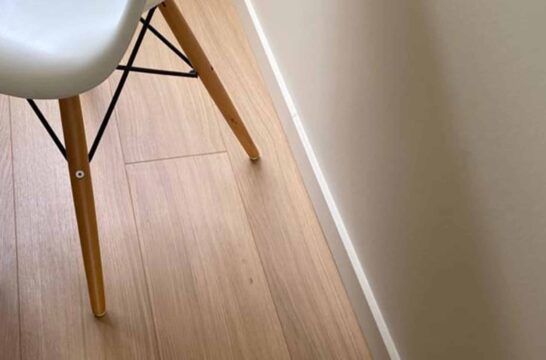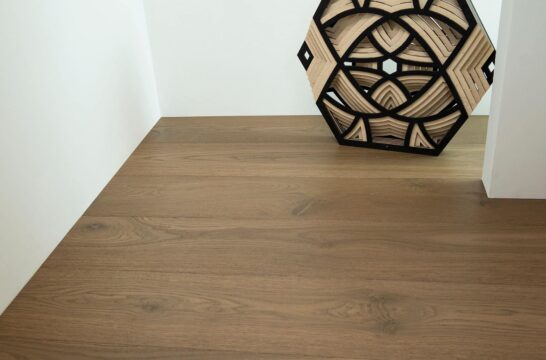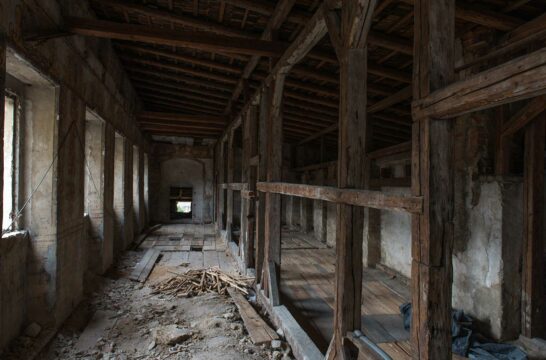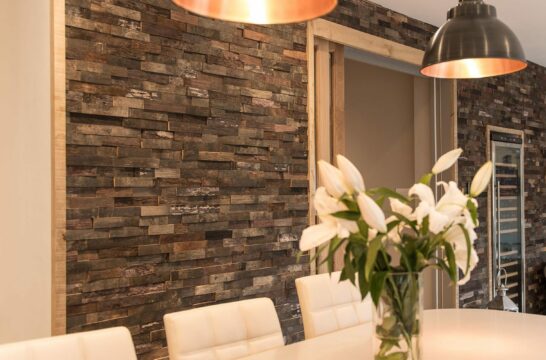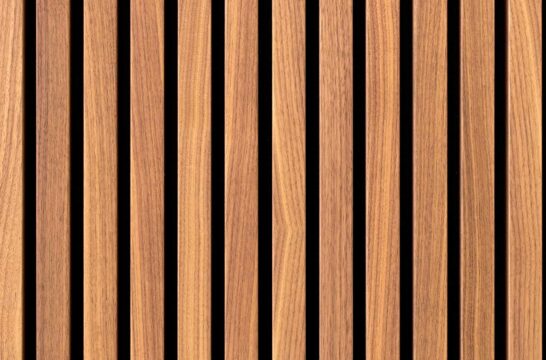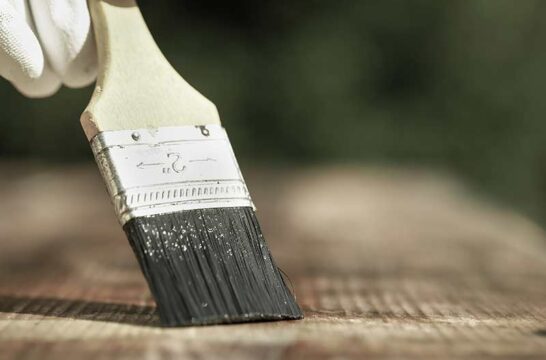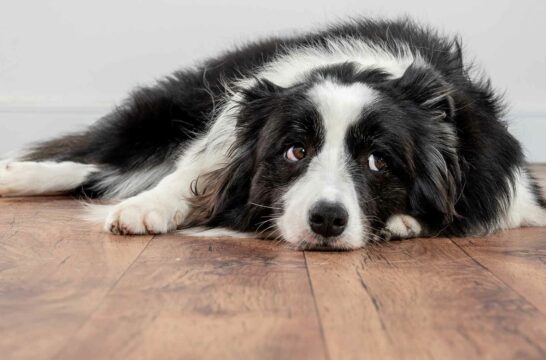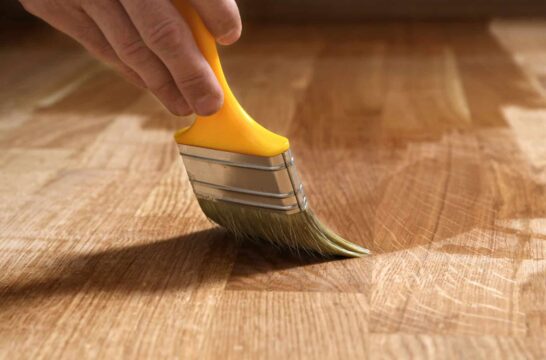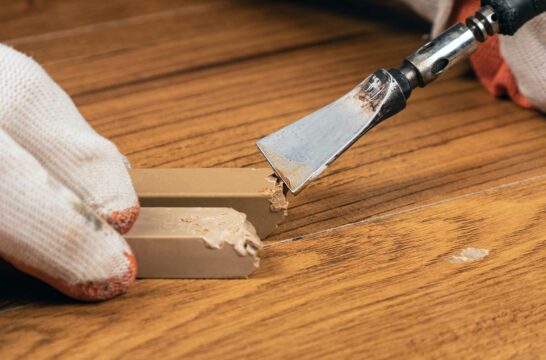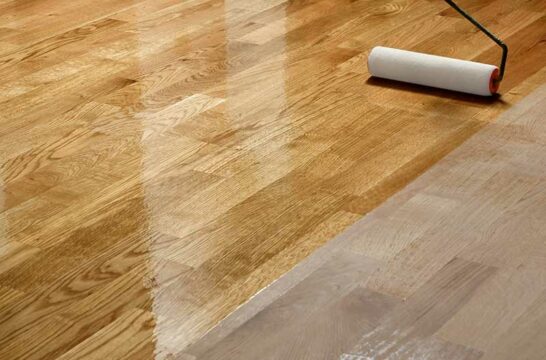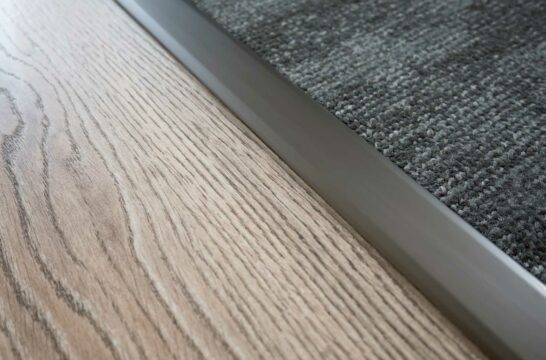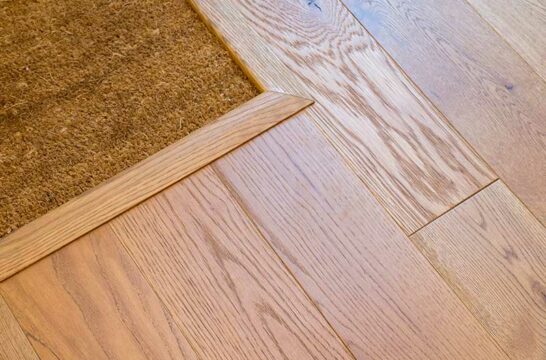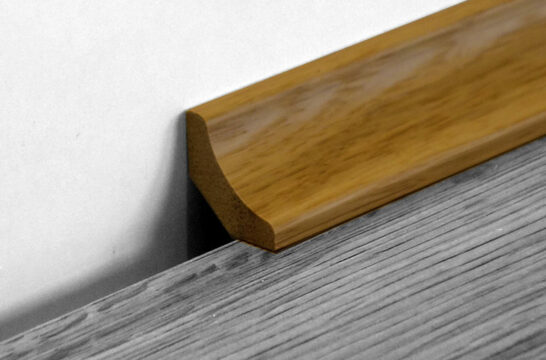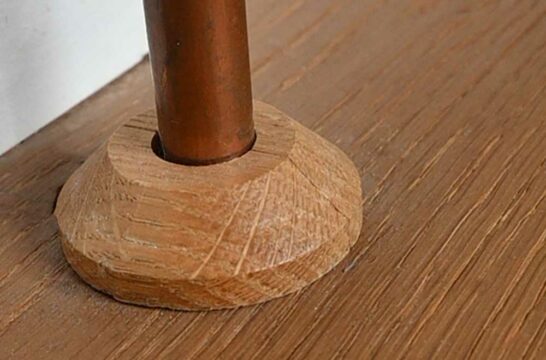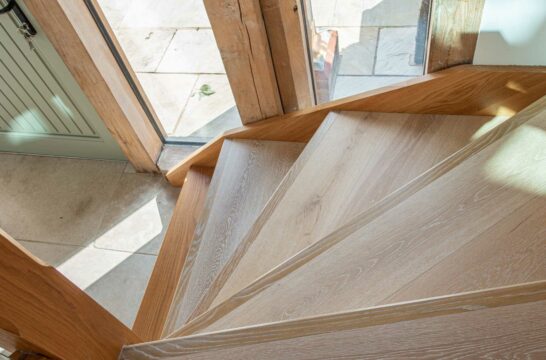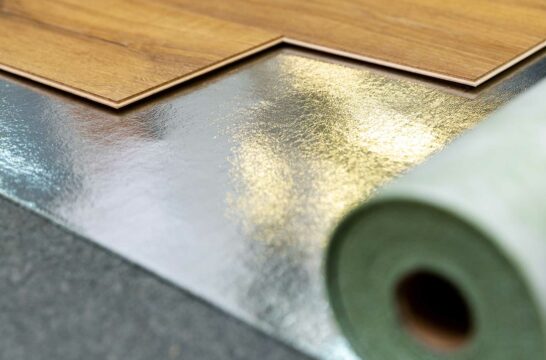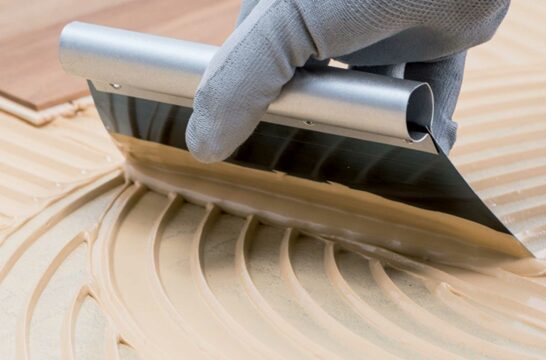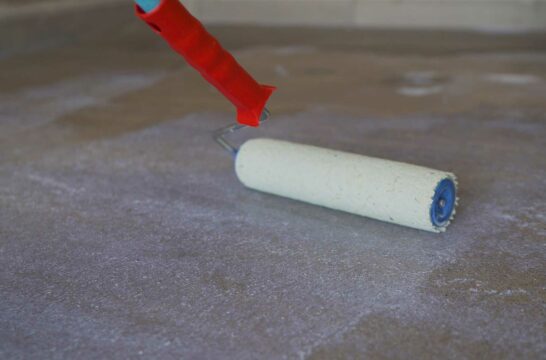Installing Engineered Wood Flooring with Underfloor Heating
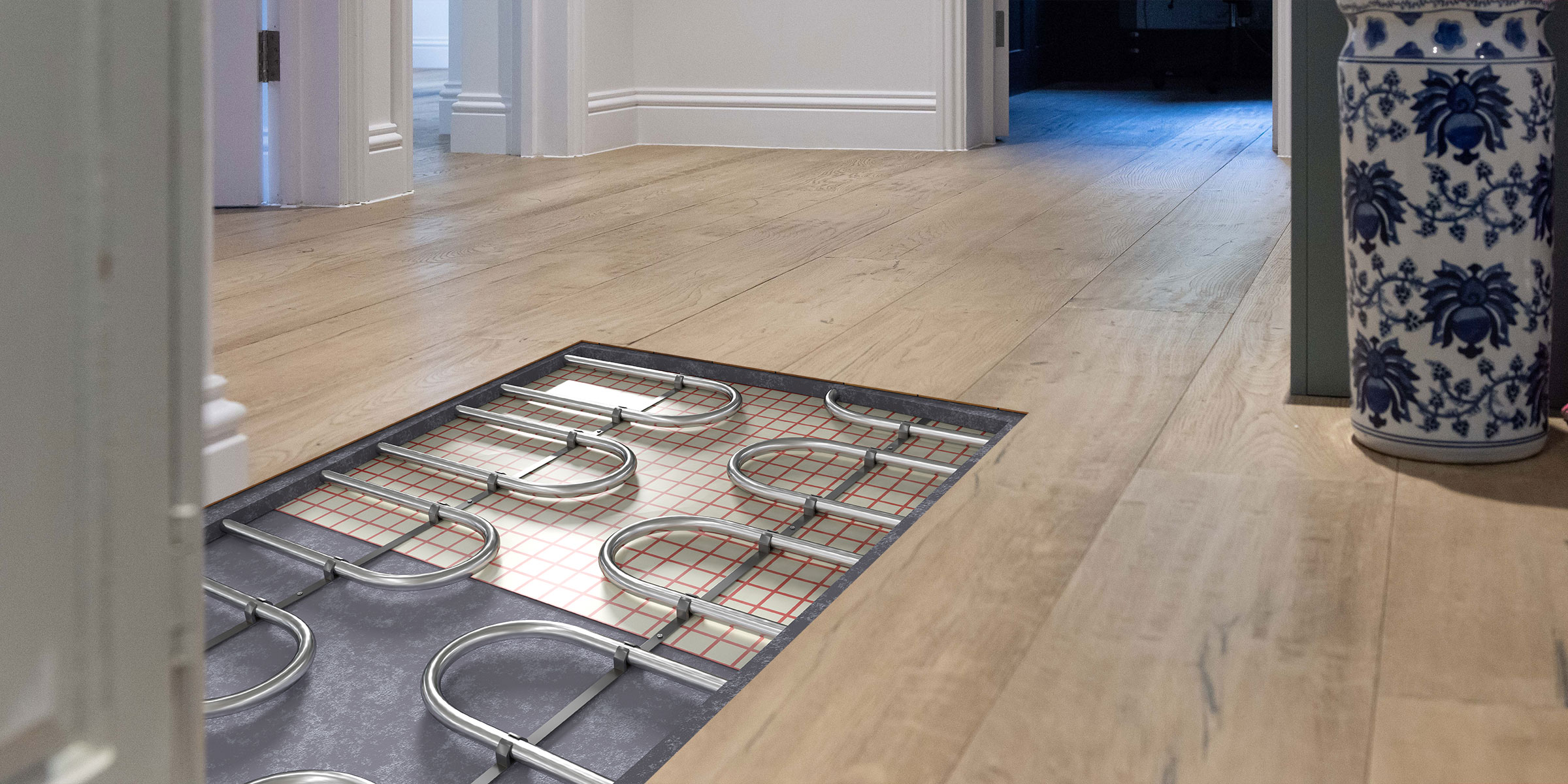
Introduction
V4 engineered wood floors can be used with underfloor heating but we recommend reading this detailed installation guide.
Underfloor heating beneath wood flooring presents special problems because of the wide range of temperature to which the flooring is subjected. During the summer or when the heat is turned off for long periods, high atmospheric humidity causes an increase in the moisture content of wood flooring which has been specially dried for heated conditions. This produces lifting or distortion if the floor has been too tightly jointed at the time of laying. When the heat is turned on again, the moisture content decreases, therefore a greater seasonal moisture content variation is to be expected with underfloor heating than with other forms of heating.
Installation with Underfloor Heating, Dos and Don’ts…
Follow the guidelines detailed in this section in conjunction with the installation guides for engineered floors.
Do…
- Avoid accelerated drying of new concrete/screeds over UFH as this may lead to poor cohesive strength of the sub-floor.
- Check the cohesive strength of screeds before adhering.
- Ensure that screeds, concrete, etc. are < 65% RH before installation commences.
- Employ a suitable surface applied moisture barrier (e.g. moisture suppressant primer) where necessary.
- If levelling is required above a suitable primer moisture barrier, apply a purpose-made fine graded aggregate over the second coat (on one coat membranes) OR third coat (on two coat membranes) immediately after application. Allow to cure then vacuum off all loose aggregate; (This will aid adhesion between primer and levelling compound). Then use a rapid dry formulae‚ water-mix (i.e. instead of latex mix) levelling compound, as these are typically stronger and develop strength quicker.
- Ensure that levelling compounds are fully cured and dry before installation commences (see manufacturers technical data-sheets.
- Use a purpose made, permanently flexible adhesive such as 1-part polyurethane, or Silicon Modified Polymer, when adhesive fixing.
- Fully-bond, rather than use, liquid battens‚ type adhesive systems with UFH.
- Ensure full contact between the underside of the flooring element and adhesive.
- Maintain suitable ambient humidity 45 to 65% RH. (Monitor with a domestic hygrometer).
- Employ floor temperature sensors below the floor with electric under floor heating systems.
- With wet systems, zoning is recommended so the flow temperature can be controlled for the floor.
Don’t…
- Do not use solid flooring, V4 Wood Flooring does not recommend solid wood floorings for UFH applications or high movement hardwood species such as Beech and Maple.
- Do not allow humidity below 45% RH, or above 65% RH. (A small domestic humidification unit can be employed to avoid low humidity during the winter heating cycle if necessary.
- Do not allow the floor temperature to exceed 27°C, (including under rugs).
- Do not use thick insulating rugs. (Note: as this will lead to high floor temperatures).
Selection of species for use with underfloor heating
Selection of species for use in floors subject to underfloor heating should be limited to those with particularly small thermal and moisture movement or should be as recommended by manufacturers who have extensive experience in the supply of flooring to be used over underfloor heating. Construction which permits an air space directly under the floor should be avoided as this can cause undesirable temperature fluctuations but advice on this should be taken from the manufacturers of the underfloor heating.
Prior to installation with Underfloor Heating
Before floor laying begins, the following procedure should be followed:
The screed should be dried in accordance with BS8201:2011. Once the screed is dry to a maximum level of <75% RH, or <65% RH for floors directly bonded to the screed, the underfloor heating should be commissioned in accordance with the underfloor heating manufacturers guidelines where available. Manufacturer’s recommendations should be followed.
Testing of UFH services
The flooring installer should ensure that all services (not only heating services) running beneath the floor have been tested fully by the services installer before laying starts.
Provision for expansion
- As a guide allow a minimum 12mm expansion wherever the floor meets obstacles including perimeters walls, structural supports, hearths etc.
- Create additional expansion breaks in doorways using suitable profiles such as T-section thresholds or other transition strips.
- Create additional expansion breaks in large floors.
- Where practical install flooring parallel to the longest walls so that the direction of greatest potential expansion (i.e. across the grain) does not coincide with the direction of greatest dimension, especially in large floors
- The precise combined provision for expansion must be judged by the installer taking into account environmental humidity, moisture content of wood at time of installation, timber species and size of the floor.
Precautions prior to handover
Means of keeping the flooring dry and stable in the period between laying and handing over should be provided.
Start up schedule
Where underfloor heating is involved, particular attention should be paid to ensure that the top surface temperature of the wood flooring should not exceed 27°C. Some electrical underfloor heating systems are not compatible with timber flooring and the manufacturer of the timber flooring should always be consulted before installing over underfloor heating systems, particularly regarding the moisture content, species of the timber and specific installation guidelines. It is most important that electrical UFH systems must be overlaid with a fibre reinforced smoothing compound of not less than 5mm. No direct contact of any electrical matting should come into contact with the wood floor itself. Please seek the advice of the UFH manufacturer’s instructions to confirm compatibility with wood flooring.
- Do not use the UFH for 48 hours after the installation is complete. This gives the adhesive time to fully cure and allows the floor to generally settle.
- Do not turn the system straight up to maximum. Gradually increase the temperature 1°C per day until you reach your optimum operating temperature. And never exceed 27°C at the surface temperature.
- We strongly recommend a dual thermostat system is used to monitor the surface temperature and the ambient temperature of the room. Throughout the life of the flooring avoid any rapid or big temperature changes as fluctuating the heat within the product runs the risk of drying out the timber. This can result in dimensional changes causing the floor to split and crack.
IMPORTANT NOTE: Always check the mutual compatibility of moisture barriers, primers, aggregates, levelling compounds and adhesives before installation.
Using Underfloor Heating With Your Wood Floor
All of the engineered floors in the V4 Collection can be used with underfloor heating but we recommend reading this detailed Installation with Underfloor Heating guide before your installation.
IMPORTANT NOTE: The flooring installer should ensure that all services (not only heating services) running beneath the floor have been tested fully by the services installer before laying starts.
NOTE: Installation should be fully bonded when possible to insure optimum heat transfer.
User Checklist
- Do not allow humidity below 45% RH, or above 65% RH. (A small domestic humidification unit can be employed to avoid low humidity during the winter heating cycle if necessary).
- Do not allow the floor temperature to exceed 27°C, (including under rugs).
- Avoid thick insulating rugs. (Note: as this will lead to high floor temperatures).
- Do not commission the UFH for 48 hours after the installation is complete. This gives the adhesive time to fully cure and allows the floor to generally settle.
- Do not turn the system straight up to maximum. Gradually increase the temperature 1°C per day until you reach your optimum operating temperature. And never exceed 27°C at the surface temperature. We strongly recommend a dual thermostat system is used to monitor the surface temperature and the ambient temperature of the room.
- Do not turn the heating on or off suddenly. Throughout the life of the flooring avoid any rapid or big temperature changes as fluctuating the heat within the product runs the risk of drying out the timber. This can result in dimensional changes causing the floor to split and crack. Where underfloor heating is involved, particular attention should be paid to ensure that the top surface temperature of the wood flooring should not exceed 27°C.
